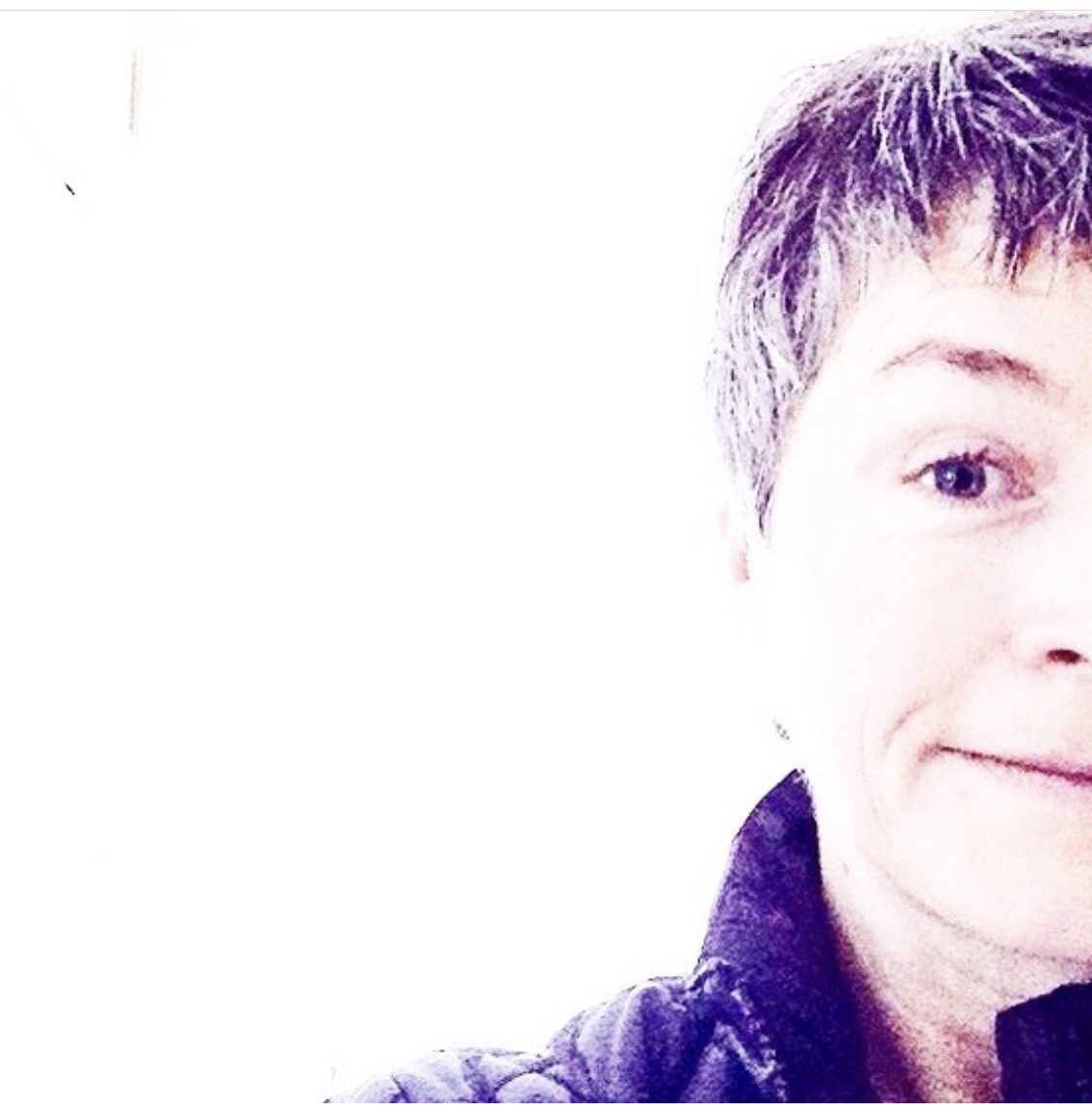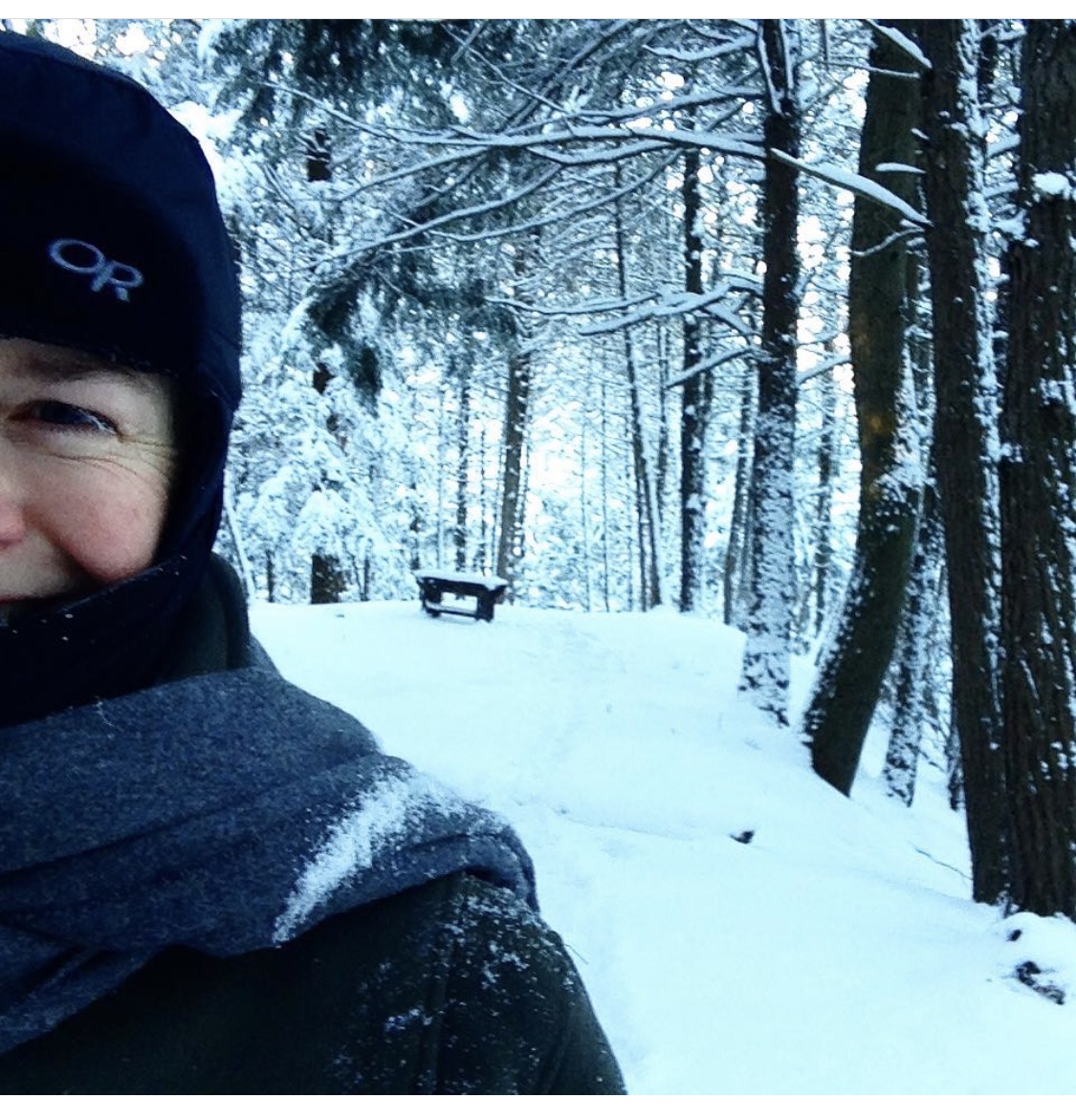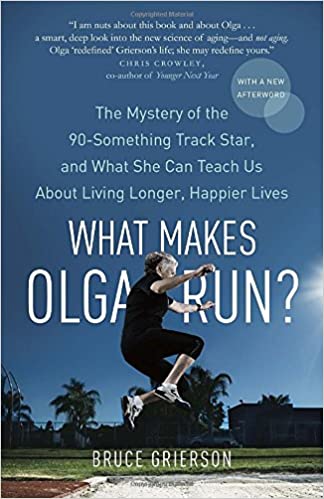
I feel like I have been transported back to Februrary 2016 when I attended a ten day Vipassana retreat.
Vipassana, which means to see things as they really are, is one of India’s most ancient techniques of meditation.
This non-sectarian technique aims for the total eradication of mental impurities and the resultant highest happiness of full liberation. Healing, not merely the curing of diseases, but the essential healing of human suffering, is its purpose.

My purpose in retreating for ten days of silence was to mark a one year anniversary.
Vipassana is a way of self-transformation through self-observation. It focuses on the deep interconnection between mind and body which can be experienced directly by disciplined attention to the physical sensations that form the life of the body and that continuously interconnect and condition the life of the mind. It is this observation-based self-exploratory journey to the common root of mind and body that dissolves mental impurity resulting in a balanced mind full of love and compassion.

The natural laws underlying one’s thoughts, feelings, judgment and sensations become clear. Through direct experience, the nature of how one grows or regresses, how one produces suffering or frees oneself from suffering is understood. Life becomes characterized by increased awareness, non-delusion, self-control and peace.
The technique is taught at ten-day residential courses during which participants follow a prescribed Code of Discipline, learn the basics of the method, and practice sufficiently to experience its beneficial results.
The entire practice is actually a mental training. Just as we use physical exercises to improve our bodily health, Vipassana can be used to develop a healthy mind.
Because it has been found to be genuinely helpful great emphasis is put on preserving the technique in its original, authentic form. It is not taught commercially — but instead is offered freely. No person involved in its teaching receives any material remuneration.
There are no charges for the courses — not even to cover the cost of food and accommodation. All expenses are met by donations from people who having completed a course and experienced the benefits of Vipassana, wish to give others the opportunity to benefit from it as well.
to see things as they really are
Did I continue meditating after my transformative silent retreat? No. Well, I should say, I tried! I continue trying.
Did I continue practicing the Code of Discipline? No. And honestly, I only tried a little. But after more than ten days of COVID-19 self isolation, I am coming back to it as a means of mental health.

The Mystery of the 90-something track star, and what she can teach us about living longer, happier lives … happier lives is the part that is of interest to me.
Olga took up track at the age of 77, for fun.
The book is a fascinating read! Bruce Grierson followed Olga to track meets and to medical research facilities where they hoped to discover the secrets of her thriving tissues and age-resistant DNA.
When asked about exercise, she downplayed the old adage “It adds years to your life” and instead leaned on the second part “It adds life to your years.” Exercise does make you happy.
But … we know it’s not just exercise … it’s not just meditation … we need our mind and body to work together. Easier said than done, eh?!
During a time to implement new habits, I return to page 224 and Olga’s Nine Rules for Living: keep moving, create routines, be opportunistic, be a mensch, believe in something, lighten up. cultivate a sense of progress, don’t do it if you don’t love it and begin now!
Attitude is flexible
With graphs everywhere now with a directive to Flatten the Curve or Plank the Curve, have you heard of Squaring the Curve?
Dr. Ken Cooper coined the phrase years ago and gerontologists picked it up. Squaring the Curve means compressing the drop-off, shortening the period when disability or illness compromises the quality of life. Function and vitality and painlessness to the end of a natural lifespan rather than longer life spans.
I think about this stuff, alot. I want quality rather than quantity. I don’t need to be Olga and start track and field at 77. But I do want to be more like Olga.
Someone who is resilient, tenacious and determined to try new things regardless of her age.